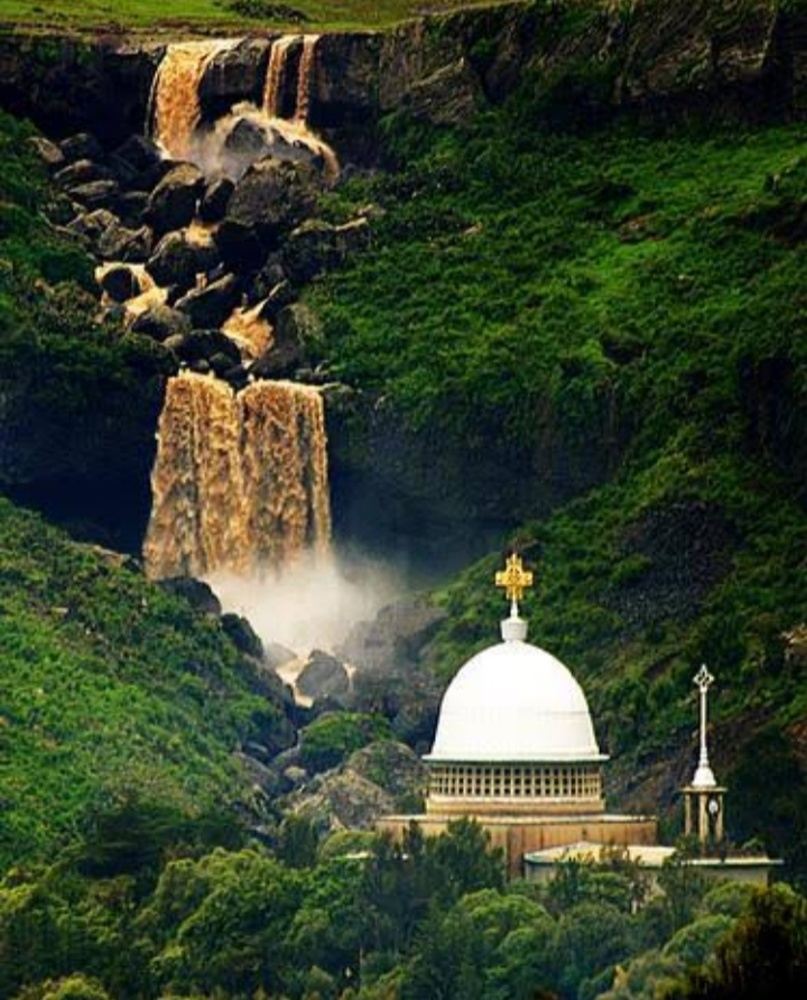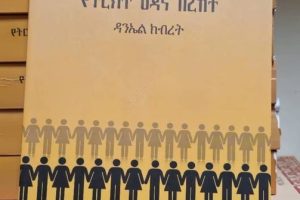
Ethiopia has a number of natural, cultural, historical and religious sites that can attract more tourists, and can do a good deal to improve the lives of local people and country’s socioeconomic development.
Among these sites, the monastery located at the distance of 104 kilometers to the north of Addis Ababa, North Shoa Zone of the Oromia State, on the way to Bahr Dar is the one. The Monastery, as sources indicate, was founded by his Holiness Abune Tekle Haimanot at the early of the 1260s.
According to the belief, his holiness meditated in a cave for 29 years and since his time, the Monastery has served as the principal monastery and remains one of Ethiopia’s largest and most important religious centers. The Monastery is also a place where one of the worst crimes committed by Italian fascism on 20 May 1937. Hundreds of monks had been shot and many more died.
Apart from the historic event, the monastery itself and the surrounding areas are endowed with natural, cultural, religious tourism potentials. The landscape is very eye-catching. One can see the 600m twin waterfall which is one of the tributaries of Abbay River (Blue Nile).
The cliffs and the lower Jemma valley, which is the spot to watch vast number of birds such as lammergeyer, Abyssinian ground hornbill, endemic banded barbet, Abyssinian woodpecker and much more and the Gelada Baboons, that are found only in Ethiopia and living in the cliff caves, are also the other blessings that make the location more enticing and pleasing.
The 33 meter long and three arches stone bridge built at about three km up the main road from Debre Libanos and known as “The Portuguese Bridge” or “The Egg Bridge” is the other fabulous views of the site.
According to legend, the bridge is the first stone bridge constructed in Ethiopia in the 16th century by the Portuguese, using stone and ostrich egg yolk. However, others claim that it was built by Ras Darge Sahle Selassie, uncle to Emperor Menelik II, in the 19th century. Thus, it is also known as Ras Darge’s Bridge, even though there is no source supporting the claim.
The Monastery also owns a number of ecclesiastical, cultural and historical relics, and boasts a rare grove of trees that have disappeared from elsewhere in the region. In the museum of the monastery, there are different cultural, historical and spiritual heritages. Earlier wearing styles of the monks and royal families, handicrafts, historical instruments, different spiritual books, holy crosses of different designs, war instruments and others are kept vigilantly to be visited by the domestic and foreign tourists.
This visit could be combined with a visit to the nearby Debre Libanos Monastery where the revered Holy man, Abune Tekle Haimanot stood on one leg to pray for several years. There is a spring with Holy Water said to cure several ailments and much visited by Ethiopian Orthodox Christians.
The Ethiopian herald June 3,2020
BY STAFF REPORTER




